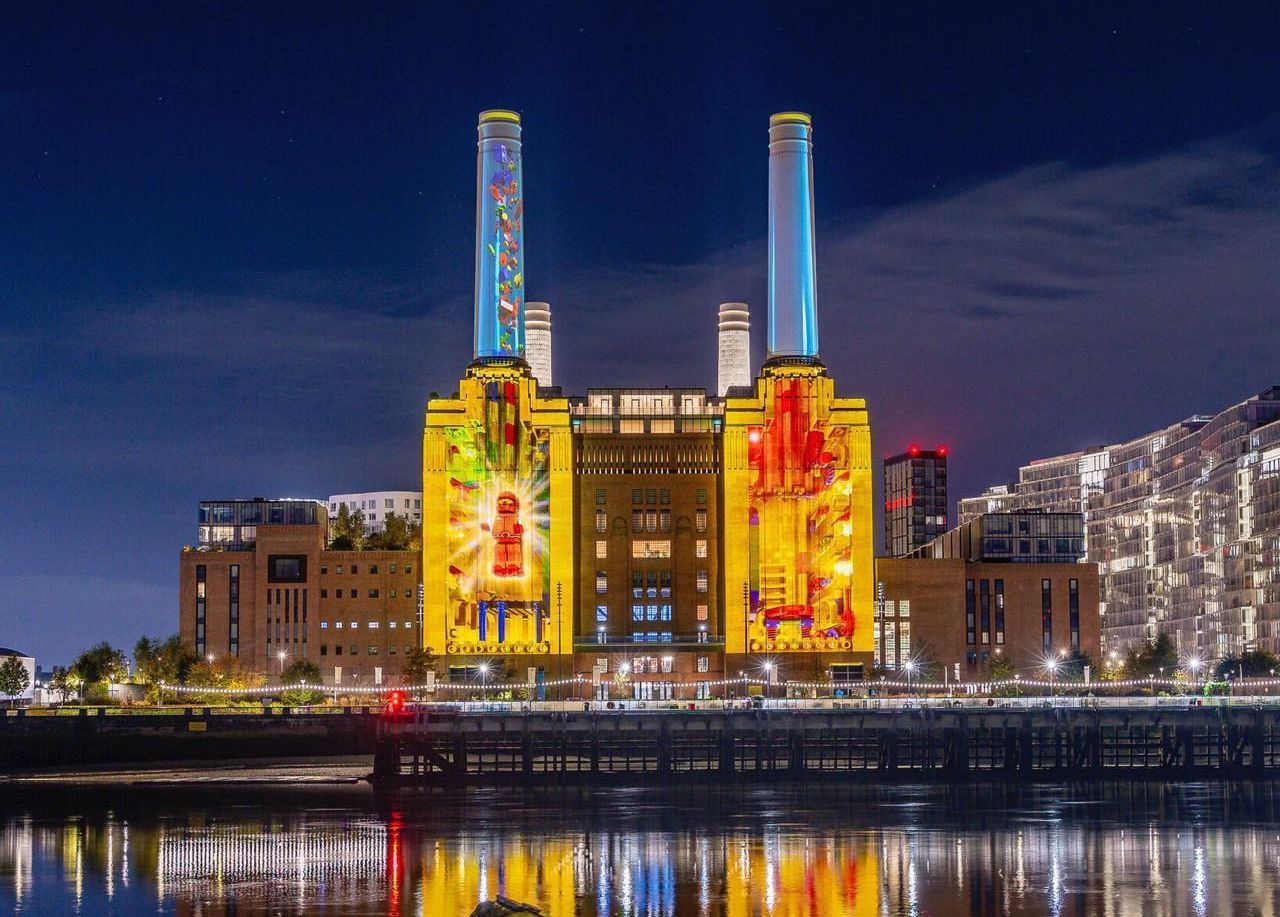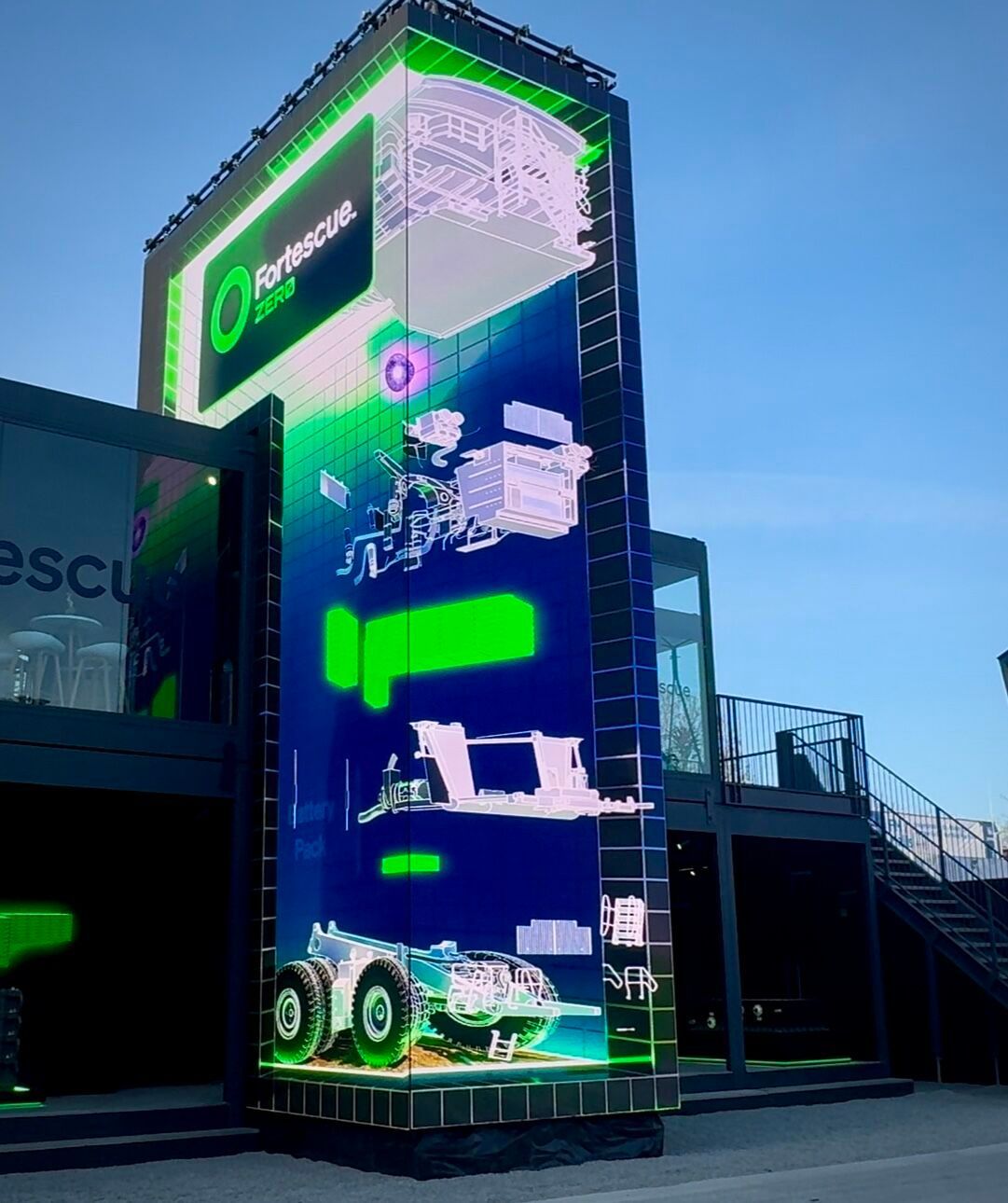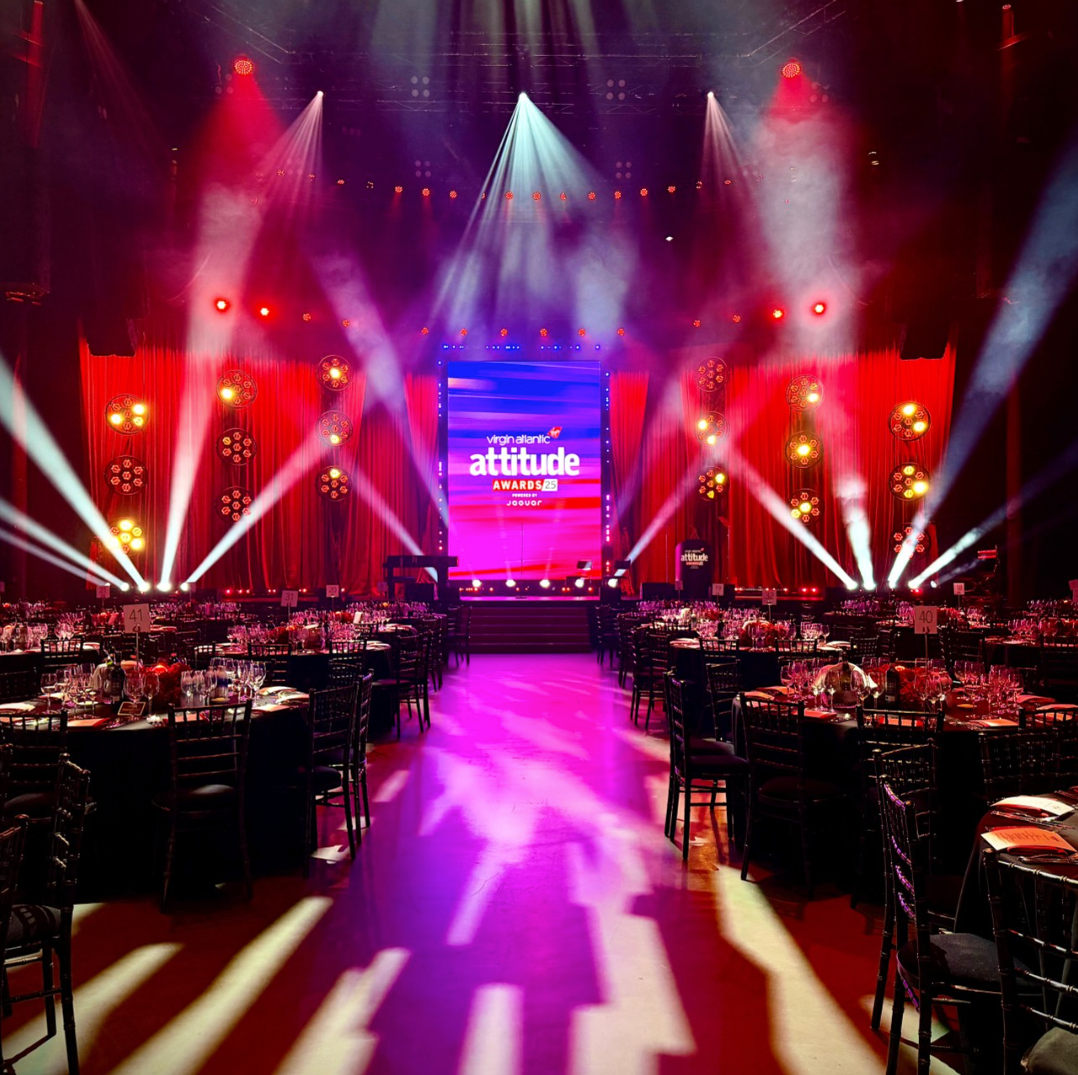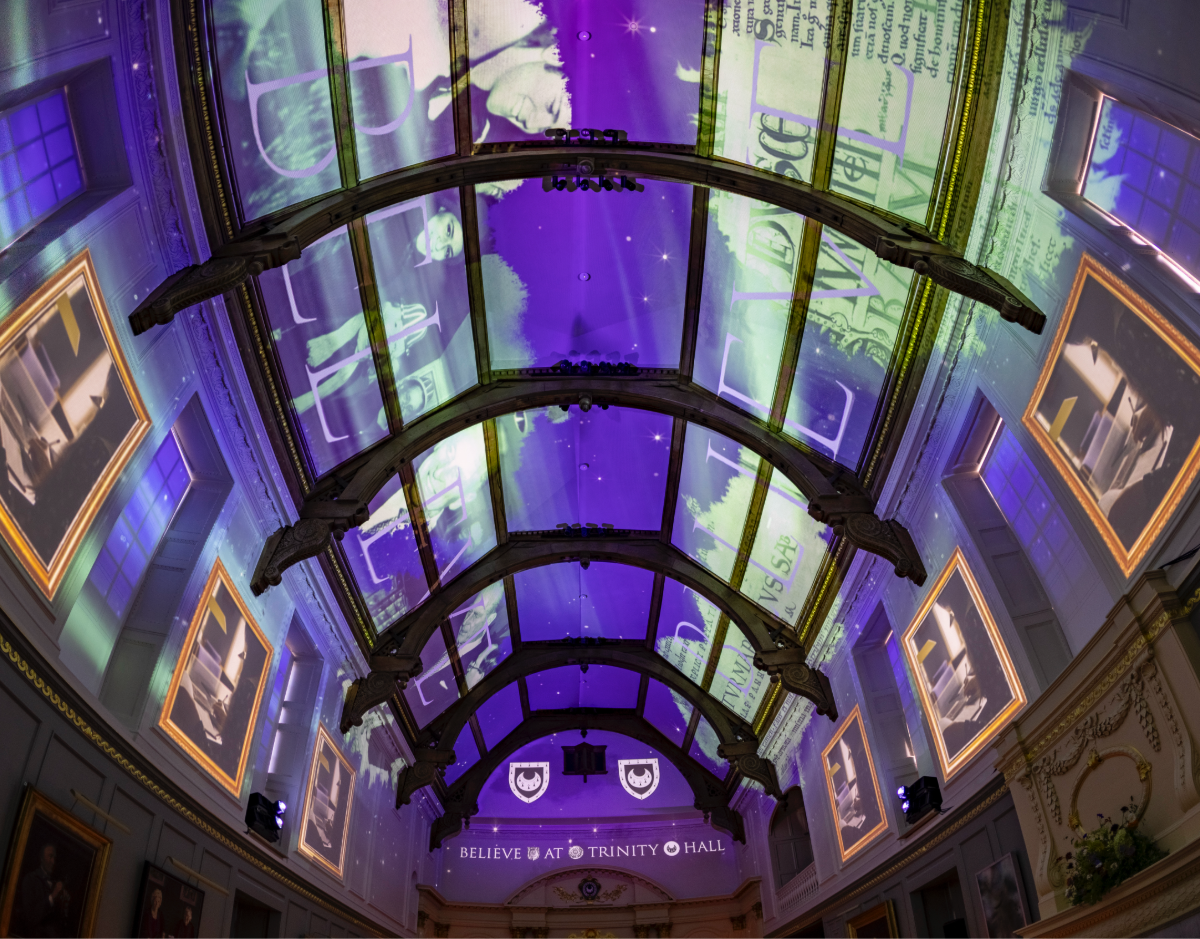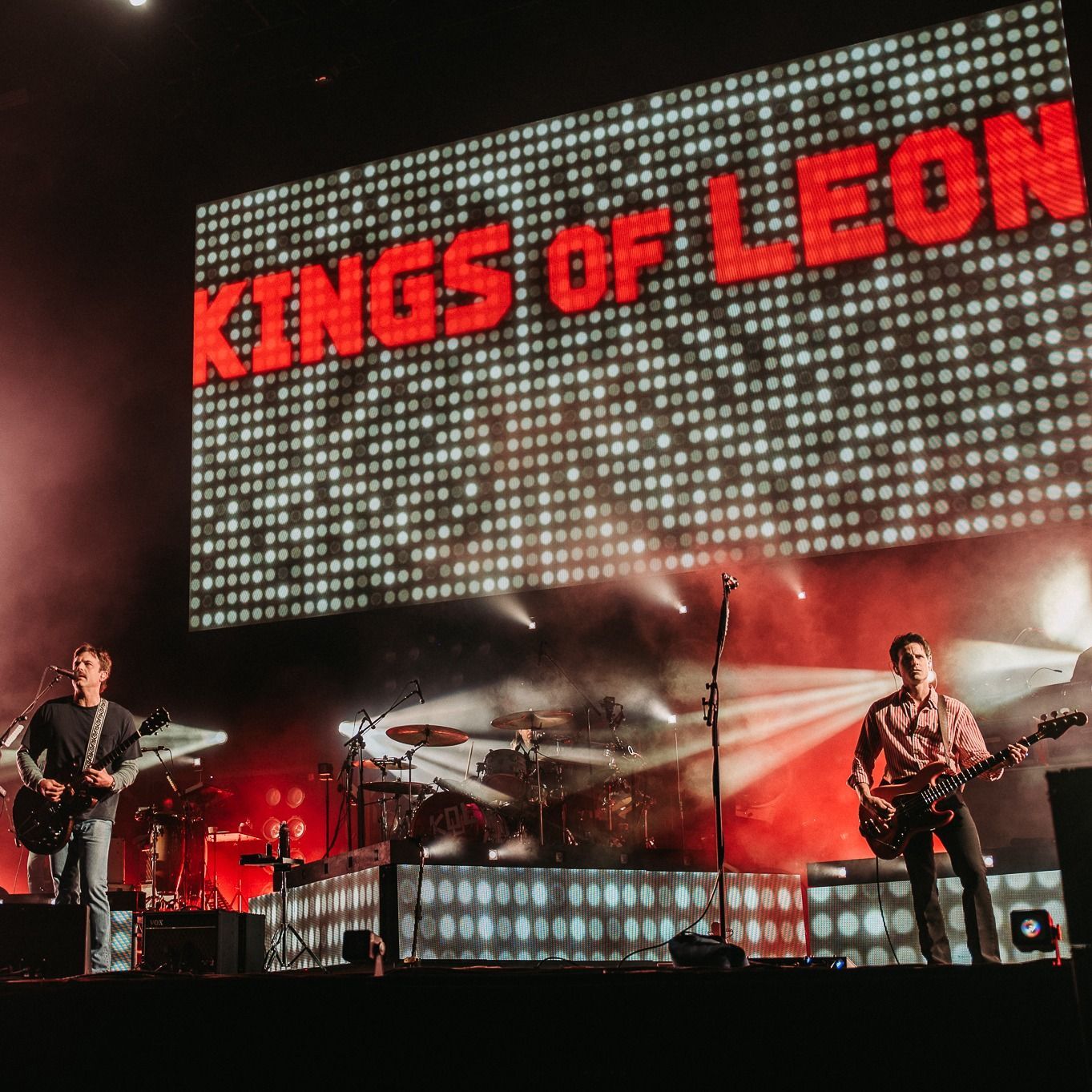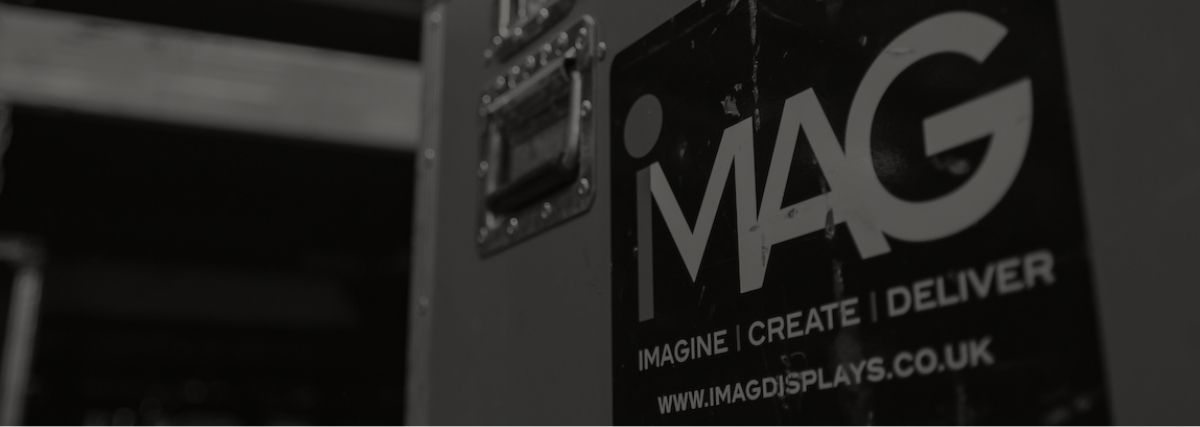Bringing Virtual Production to Life at BSC Expo 2022
Changes in the market...
iMAG co-founder and client director Charli Harding discusses changes in the market as virtual production advances are made and how the HDR ready LED screens the rental company provides can help bring virtual production solutions to life on camera.
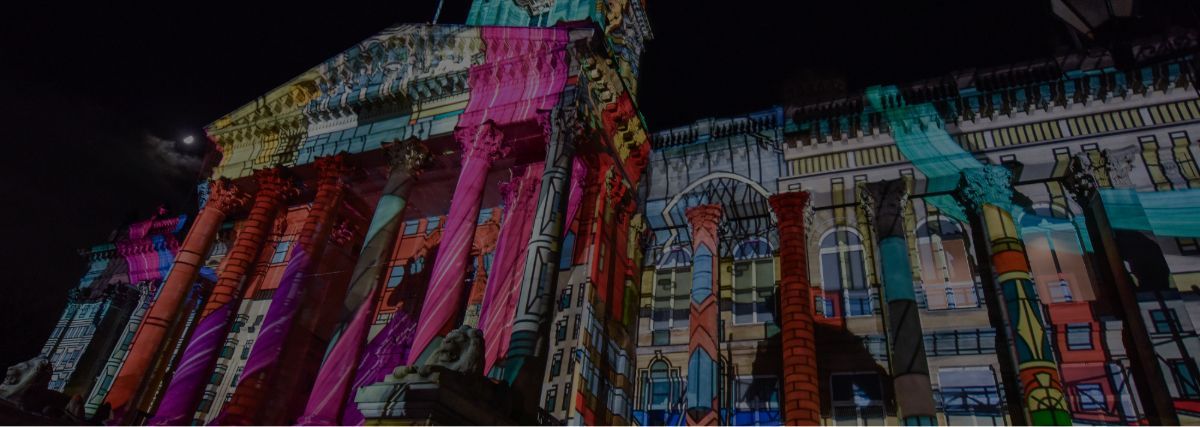
You can have the best kit in the world, the slickest pitch deck, and a glittering showreel, but if you don’t understand what your clients really need when the pressure’s on, you’ll never be their first call again. After more than twelve years working across the creative, brand, and production landscape, the iMAG team has been in hundreds of briefing conversations. And while every project, client, and budget brings its own personality, one thing is consistent: there’s almost always more going on beneath the surface. Here’s what they rarely say out loud, but actually really want from their AV partner. 1. “Make me look good to my client.” Whether you’re working with a producer, a creative agency, or even an internal comms team, there's usually another layer above them. A brand director. A Head of Production. A CMO. What they want isn’t just technical brilliance (though that’s always a non-negotiable). They want you to make them look like the hero. That means calm in chaos, fast fixes, respectful collaboration, and no surprises on site. At iMAG, we get that. We operate like an extension of your team - invisible when needed, front-footed when it counts.
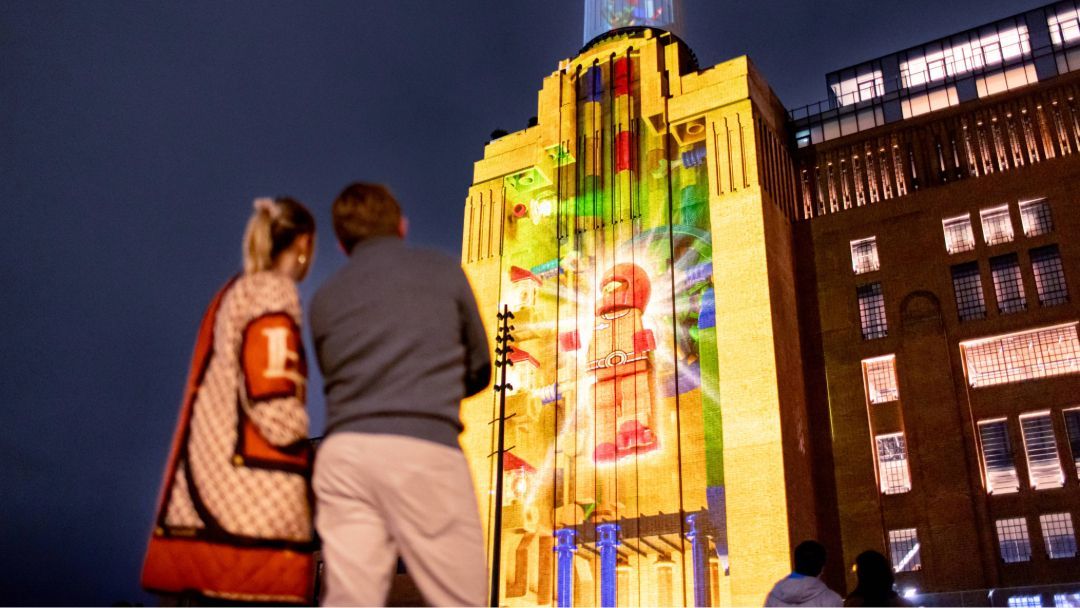
Shortlisted for AV Awards 2025: LEGO’s ‘Play Is Your Superpower’ Campaign at Battersea Power Station
We are thrilled to announce that Graymatter Video, in collaboration with Disguise, has been shortlisted for the 2025 AV Awards in the highly competitive Event and Live Entertainment Project of the Year category. The nomination celebrates our role in delivering LEGO’s ‘Play Is Your Superpower’ — a one-night-only, large-scale projection-mapped experience that turned London’s iconic Battersea Power Station into a towering tribute to imagination, storytelling and playful technology. The AV Awards, now in their 27th year, are recognised as the benchmark for excellence across the global audiovisual industry. Organised by AV Magazine, the awards honour the best in pro AV innovation, execution, and impact — showcasing standout achievements across technology, design, production and integration. Being shortlisted is not just a nod from the industry — it’s an endorsement of leadership, creativity, and technical excellence on the world stage.
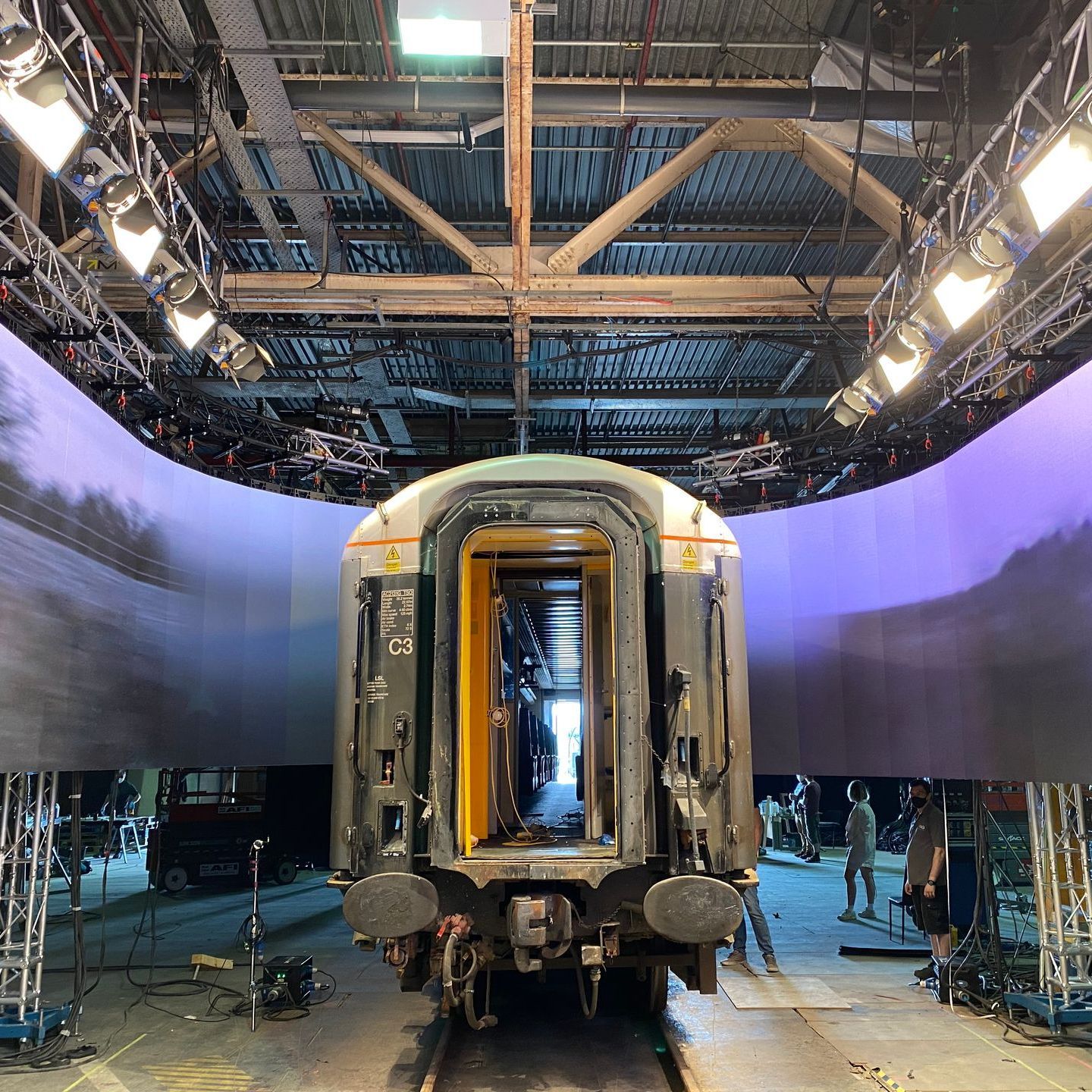
In the world of filmmaking and content creation, it’s easy to get caught up in the debates: Is green screen outdated? Are LED volumes the only future? Will virtual production replace practical effects entirely? In this blog, iMAG’s Creative & Development Director Stephen Maddox explores why the smartest productions don’t choose between green screen or LED — they use both, blending tools to serve the story and deliver the best creative results. Filmmakers and content creators today face no shortage of strong opinions: “Green screen is dead.” “LED is the only way forward.” “Virtual production is replacing practical effects.” But these conversations often miss the point. Why It’s Not About Sides, It’s About Solutions At iMAG, we believe it’s not about choosing sides, it’s about choosing the right tools for the story you’re telling. On one of our recent projects, we used our LED volume for 90% of the shoot. But for the remaining 10%, we dropped in a green screen section precisely where the camera was aimed, allowing the post team the flexibility to dial in later the content yet captured. The rest of the volume still played plate content in-camera to light the scene authentically. On another project, we repurposed the LED wall to act as: A translite replacement for background depth, A green screen surface for keyed inserts, and A platform for in-camera VFX, all in one setup. By doing so, we avoided hauling in a truckload of fabric, lighting rigs, or set paint. In a third case, we simply built a green screen opposite the LED volume so the team could move seamlessly between both environments and maximise every shooting hour. It’s Not One Size Fits All: Adapting to Actors, Crews, and Environments Some actors dislike acting in an empty green box. Others get motion-sick in an LED volume with Ghost Frame or Frame Remapping. Some crews are experts at traditional compositing, while others thrive in Unreal Engine environments. These are not reasons to reject one technology over another. They’re reasons to plan smarter, and mix methods intentionally. Filmmaking isn’t about forcing every scene through the same process—it’s about staying agile, creative, and technically aware. In The West Wing, President Bartlet once said, “The trick isn't picking the right lever… It's using all of them.” The same applies to production. It’s not a matter of green screen or LED or pick your production process. The best work comes when we approach each scene with a full toolkit and the wisdom to know which lever to pull. At iMAG, we see green screen, LED volumes, virtual environments, practical sets, and physical builds as complementary, not competing. Wouldn’t you want to go into your next project with a full toolbox instead of empty-handed? Final Thought: Ask the Better Question The real question isn’t, “Which tool is best?” (My favourite question from The Office, “Which bear is best?”) The better question: What does this story need? What does this moment demand? How do we bring it to life—visually, emotionally, and efficiently? When we stop picking sides and start picking solutions, the work gets better. And that’s what matters most. Find out more about iMAG's virtual production solutions here .
